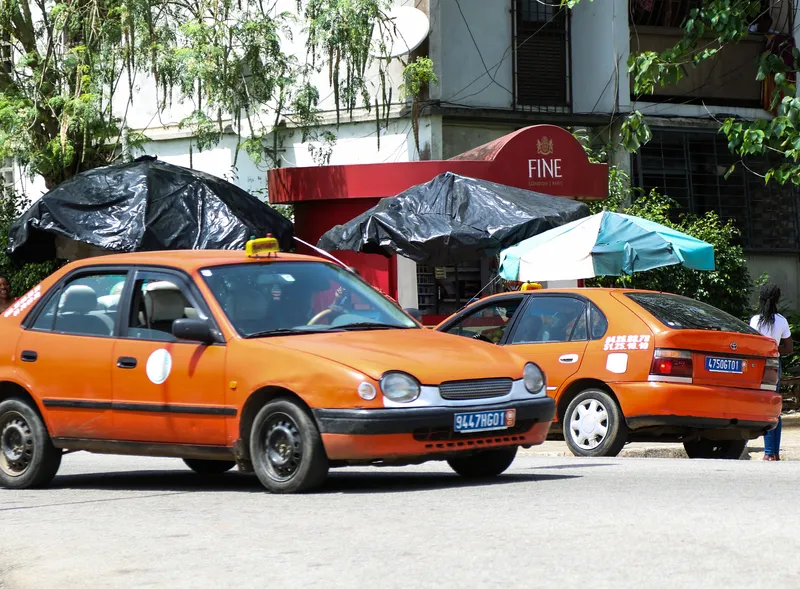
Dutch RFID and IoT provider
The card allows transport operators to select the type of revenue collection method appropriate to the point of entry, including hands-free or be-in-be-out fare collection in very large traffic channels or for physically challenged commuters. In standard entry or exit, check-in-check-out fare collection reader terminals can be deployed.
Available in PVC, PC, PET-G or Teslin, Smartrac offers the inlay with several combinations of secure and popular contactless chips. With the high frequency chip there choose between NXP MIFARE DESFire EV2, Sony FeliCa RC-SA01 4KB or the Infineon myD4Move while the UHF chip offerings include NXP UCODE DNA or Impinj Monza.










